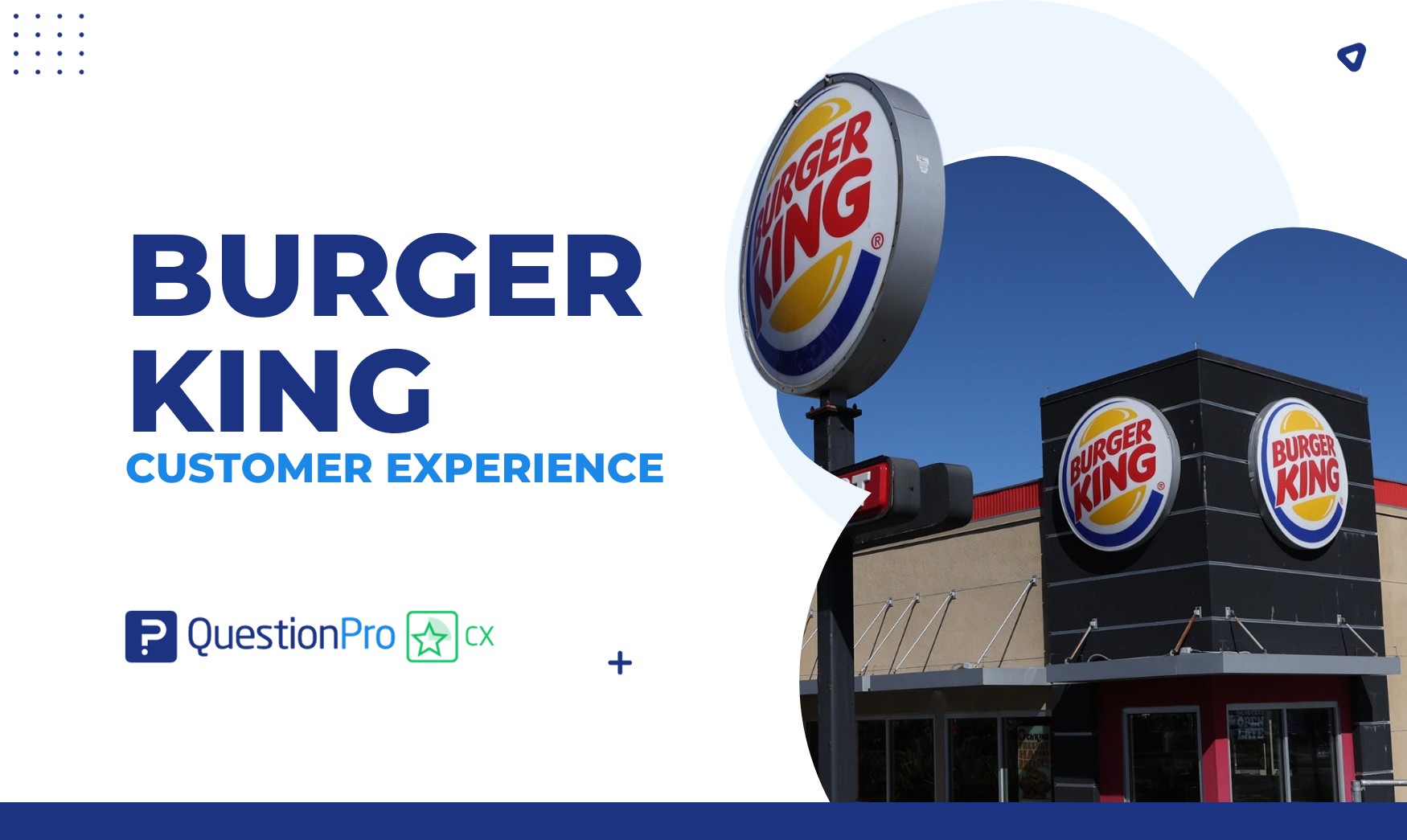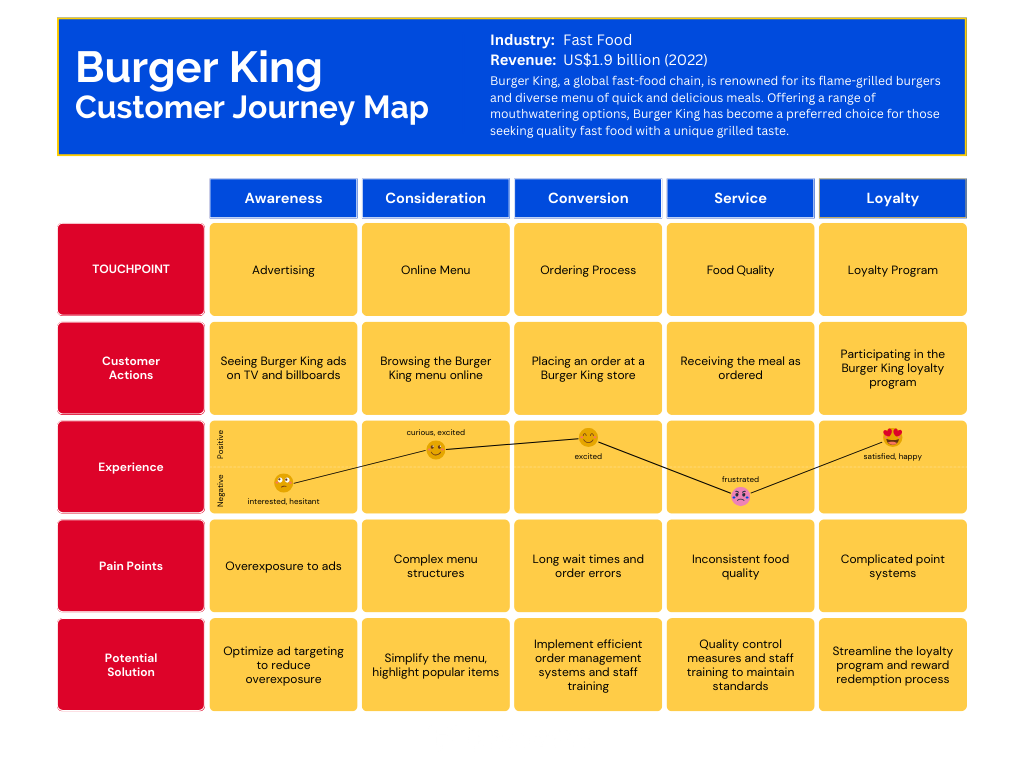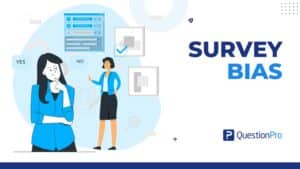
Burger King, the iconic fast-food giant, has a storied history dating back to its founding in 1954. Known for its flame-grilled burgers, the Whopper, and the enduring slogan “Have It Your Way,” the Burger King customer experience has become a global brand with tasty and customizable fast food.
Over the years, it has evolved its menu, marketing, and customer engagement strategies to keep pace with changing consumer preferences. But what truly sets Burger King apart in the competitive fast-food landscape is its commitment to delivering a memorable and customer-centric experience.
Customer-Centric Initiatives by Burger King
Burger King’s journey towards customer-centricity has been marked by innovative initiatives that have redefined the fast-food customer experience. The introduction of the “Have It Your Way” slogan in the 1970s exemplified their commitment to customization and catering to individual preferences. This pioneering move was ahead of its time and set the stage for Burger King’s customer-centric approach.
In recent years, Burger King has embraced digital transformation wholeheartedly. Their mobile app and website have become powerful tools for enhancing customer experiences. With these digital platforms, customers can personalize their orders, access exclusive promotions, and even have meals delivered to their doorstep. Burger King recognized the need to meet customers where they are, and in today’s digital age, that often means the convenience of a mobile app.
Burger King has recognized that putting the customer at the center of its business strategy is key to long-term success. To achieve this, the company has implemented various customer-centric initiatives:
1. Menu Evolution: Burger King has continuously adapted its menu to cater to changing tastes and dietary preferences. They’ve introduced plant-based options, healthier choices, and limited-time offerings to keep customers excited about their food.
2. Digital Transformation: Embracing the digital age, Burger King has invested in technology to enhance the customer experience. The Burger King app allows customers to order, customize meals, and access exclusive promotions. This shift to digital has made ordering more convenient and engaging.
3. Feedback Integration: Customer feedback is invaluable for improvement. Burger King actively collects feedback through digital channels, enabling quick responses to concerns and continuous enhancements based on customer input.
4. Transparency and Marketing: Burger King has maintained transparency regarding its menu ingredients and nutritional information. Their marketing campaigns, including memorable slogans like “Have It Your Way,” have resonated with customers, reinforcing their commitment to personalization.
Importance of the Customer Journey from Burger King
Understanding the customer journey is pivotal for Burger King, as it is for any business aiming for long-term success. Burger King recognizes that each customer interaction, whether at a physical restaurant or through their app, contributes to the overall perception of the brand. By meticulously mapping out this journey, Burger King can identify pain points, moments of delight, and areas for improvement.
Here’s why the customer journey matters at Burger King:
1. Enhanced Customer Satisfaction: By analyzing the entire journey, Burger King can identify areas where customers might face frustration or inconvenience. Addressing these pain points leads to increased satisfaction and loyalty.
2. Personalized Experiences: The customer journey informs how Burger King tailors its offerings and promotions to individual preferences. Personalization is key to keeping customers engaged and coming back for more.
3. Competitive Edge: Understanding the journey enables Burger King to stay ahead of competitors. By continuously optimizing touchpoints and experiences, they can differentiate themselves in a crowded market.
4. Long-Term Loyalty: A seamless customer journey fosters loyalty. Customers who have positive interactions throughout their journey are more likely to become regular patrons and brand advocates.

STAGE 01: AWARENESS
In the first stage of awareness, Burger King reaches out to potential customers through various touchpoints. Traditional advertising, robust social media engagement, and positive word of mouth create enticing experiences. However, overexposure to advertisements can lead to viewer fatigue. To combat this, Burger King can optimize ad targeting to reduce overexposure, actively engage with comments on social media, and encourage satisfied customers to leave positive reviews.
| Touchpoint | Customer Actions | Experience | Pain Points | Potential Solutions |
|---|---|---|---|---|
| Social Media | Discover new promotions and offerings | Engaging and informative social media posts | Overwhelming content, difficulty in finding information | Streamline content, use targeted ads, create interactive posts |
| TV Commercials | Learn about new menu items | Eye-catching and entertaining commercials | Frequent ad interruptions, repetitive content | Rotate ad campaigns, create memorable jingles |
| Local Store Signage | Notice nearby Burger King locations | Clear, visible signage that guides to the nearest store | Inadequate signage, unclear directions | Improve signage visibility, use GPS-based ads |
STAGE 02: CONSIDERATION
During the consideration stage, customers explore Burger King’s menu and app. Clarity and ease of navigation are paramount for a seamless experience. To simplify the menu and highlight popular items, Burger King can ensure that their online menu is straightforward and user-friendly. Additionally, they should provide regular app updates and robust user support to enhance app engagement.
| Touchpoint | Customer Actions | Experience | Pain Points | Potential Solutions |
|---|---|---|---|---|
| Website | Explore the menu and promotions | User-friendly website with enticing visuals | Slow loading, complex navigation | Optimize website speed, improve menu presentation |
| Mobile App | Check out deals and loyalty rewards | Convenient app with exclusive offers | Technical glitches, app crashes | Regular updates, enhance stability and user interface |
| Word of Mouth | Hear recommendations from friends | Positive word-of-mouth, personal endorsements | Lack of information, inconsistent reviews | Encourage reviews, address negative feedback |
STAGE 03: CONVERSION
At the conversion stage, customers place orders at Burger King stores. Speed and order accuracy are key to a positive experience. Implementing efficient order management systems and staff training can significantly reduce long wait times and order errors. Quality control measures should also be in place to maintain food quality as ordered.
| Touchpoint | Customer Actions | Experience | Pain Points | Potential Solutions |
|---|---|---|---|---|
| Drive-Thru | Place orders quickly and conveniently | Speedy service, accurate orders | Long wait times, order inaccuracies | Streamline operations, optimize drive-thru efficiency |
| Mobile Ordering | Order ahead for a swift dine-in | Hassle-free pre-ordering and payment process | Technical issues, order mix-ups | Improve app functionality, ensure order accuracy |
| In-Store Service | Enjoy a dine-in meal | Clean and welcoming environment | Slow service, unclean facilities | Train staff for efficiency, maintain cleanliness |
STEP 04: LOYALTY
Loyalty programs and feedback channels play a crucial role in nurturing loyal customers. However, complicated point systems can deter participation. Burger King can streamline its loyalty program and reward redemption process to make it more user-friendly. Moreover, actively addressing customer feedback promptly and visibly demonstrates their commitment to customer satisfaction.
| Touchpoint | Customer Actions | Experience | Pain Points | Potential Solutions |
|---|---|---|---|---|
| Loyalty Program | Join the Burger King Rewards program | Exclusive deals, rewards for frequent visits | Complicated sign-up, unclear benefits | Simplify enrollment, highlight rewards |
| Social Media | Follow Burger King for updates | Engaging content, interactive promotions | Overwhelming posts, lack of engagement | Post strategically, respond to customer comments |
| Surveys and Feedback | Provide input for improvements | Feeling heard and valued, visible changes | Lengthy surveys, no follow-up | Shorten surveys, communicate changes based on feedback |
ADVOCACY
The advocacy stage involves turning loyal customers into brand advocates. Encouraging satisfied customers to share their positive experiences and providing platforms for them to do so can amplify the brand’s reach.
| Touchpoint | Customer Actions | Experience | Pain Points | Potential Solutions |
|---|---|---|---|---|
| Online Reviews | Share positive experiences online | Encouraging feedback, building a community | Negative reviews, lack of response | Respond to reviews, resolve issues, thank customers |
| Referrals | Recommend Burger King to friends | Building brand advocates, trust in referrals | Incentive-driven referrals | Create referral programs, offer rewards for referrals |
| Social Media Sharing | Share Burger King experiences | Creating buzz, expanding brand reach | Lack of shareable content | Develop shareable promotions, engage with sharers |
These tables provide insights into how Burger King manages various touchpoints, customer actions, experiences, pain points, and potential solutions across different stages of the customer journey. Analyzing these elements can help businesses implement and maintain their reputation for delivering a satisfying customer experience.
To enhance your customer experience strategy, consider leveraging QuestionPro’s CX tools. By collecting feedback at various touchpoints, analyzing customer sentiments, and implementing data-driven solutions, you can follow in the footsteps of Burger King’s customer-centric approach
Improve Your Customer Experience with QuestionPro’s CX from what we learned from the Burger King Customer Experience
Learning from Burger King’s customer-centric approach, businesses can take valuable insights and apply them to their own operations. QuestionPro’s CX suite offers a powerful platform for collecting, analyzing, and acting on customer feedback. Here’s how you can leverage QuestionPro’s CX suite based on the lessons learned from Burger King:
- Digital Transformation: Embrace technology to enhance the customer experience, just as Burger King did with its mobile app. QuestionPro’s digital feedback solutions can help streamline data collection and analysis.
- Customer Feedback Integration: Like Burger King, use QuestionPro to gather and analyze customer feedback. Implement feedback mechanisms in your digital channels to address concerns and make improvements.
- Personalization and Loyalty: QuestionPro’s CX tools enable you to create personalized experiences and loyalty programs, similar to Burger King’s initiatives. Utilize data insights to tailor offerings to individual customer preferences and reward loyal patrons.
- Operational Efficiency: Improve operational efficiency with QuestionPro’s analytics and reporting capabilities. Identify bottlenecks and areas for improvement in the customer journey, just as Burger King did in its stores.
- Continuous Improvement: Implement a culture of continuous improvement with the help of QuestionPro’s real-time feedback collection and reporting. Keep evolving your customer experience strategy based on feedback and changing customer needs.
Conclusion
Burger King’s customer-centric approach offers valuable lessons for businesses seeking to enhance their customer experience. By focusing on digital transformation, customer feedback integration, personalization, operational efficiency, and continuous improvement, you can create a customer journey that keeps patrons coming back for more.
QuestionPro’s CX suite provides the tools and insights you need to put these lessons into practice and elevate your customer experience to new heights. Start your journey towards customer satisfaction and loyalty with QuestionPro today.







